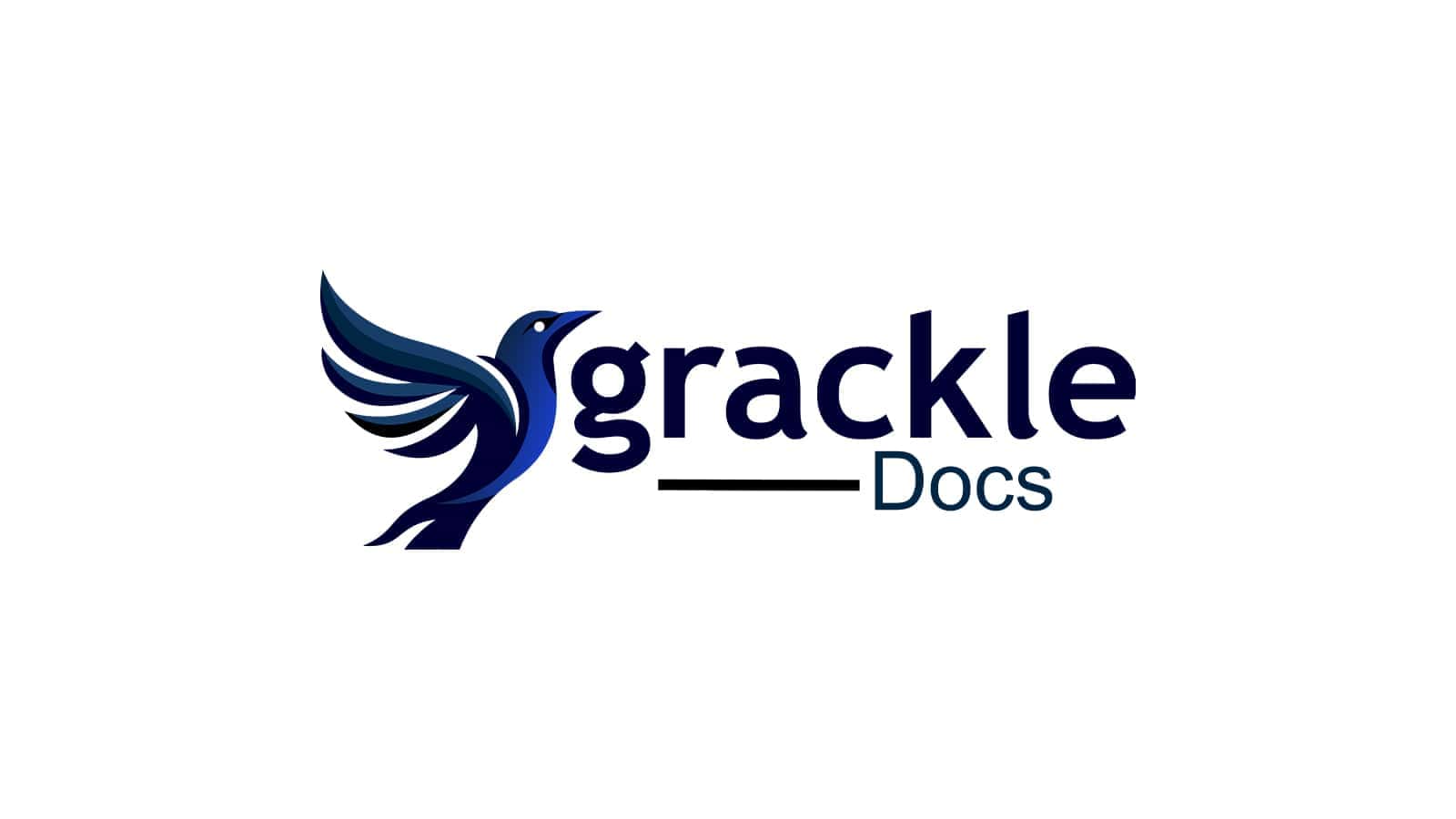The World Wide Web Consortium’s (W3C) Web Content Accessibility Guidelines (WCAG) devotes a specific AAA-level Success Criterion for testers, 3.1.4 Abbreviations. To pass this criterion, any abbreviations on a webpage must ensure that a feature “a mechanism for identifying the expanded form or meaning of abbreviations is available.” When creating text content for websites, designers and developers must be cognizant of the impact that the inclusion of abbreviations can have on users with disabilities.
So how do abbreviations impact user experience? At their core, abbreviations are inaccessible units of information. The degree to which users can discern their meanings will depend on several factors.
An abbreviation’s intended meaning may be unable to be recalled by a user with cognitive dysfunction or memory problems. Users from a language background different from that of the webpage may lack the specific cultural or linguistic knowledge to understand the abbreviation. Blind or vision-impaired users, who use screen reader software to access the internet, may encounter a stream of disconnected letters or a nonsense word being spoken aloud by the screen reader, with no additional way to verify the information being presented by the page.
The only time that an exception can be made for an abbreviation is when its expanded meaning or pronunciation is much less well-known than the abbreviation itself. An example would be ‘am’ and ‘pm’ instead of ‘ante-meridian’ and ‘post-meridian.’ These definitions, in full, are not in use in spoken or written English around the world and would be more confusing for the user than using ‘am’ and ‘pm.’ This is a rare exception and should not be used as an example for which the use of other abbreviations can be excused.
The easiest solution for making abbreviations accessible is not to use them. However, this is not always realistic in a practical sense. The good news is we have ways of making abbreviations accessible that are not difficult or time-consuming to implement.
The best practice for using abbreviations is an expansion on the first encounter. An author will use the expanded meaning in full at the first mention, for example, ‘World Wide Web Consortium,’ and then can refer to the organization as the ‘W3C’ throughout the remainder of the document or webpage. A glossary of abbreviations can be included on a website, which the user can access. Ideally, a glossary should appear on every page on which there are abbreviations for the brevity of reference. Additionally, Accessible Rich Internet Applications (ARIA) attributes, and the sr-only tag, can be used as supplements to ensure a user’s specific assistive technology correctly reads out an abbreviation.
The ability to understand abbreviations may be taken for granted by some; however, as designers, developers, and testers, we have solutions to ensure our web content is equitably available for all.


